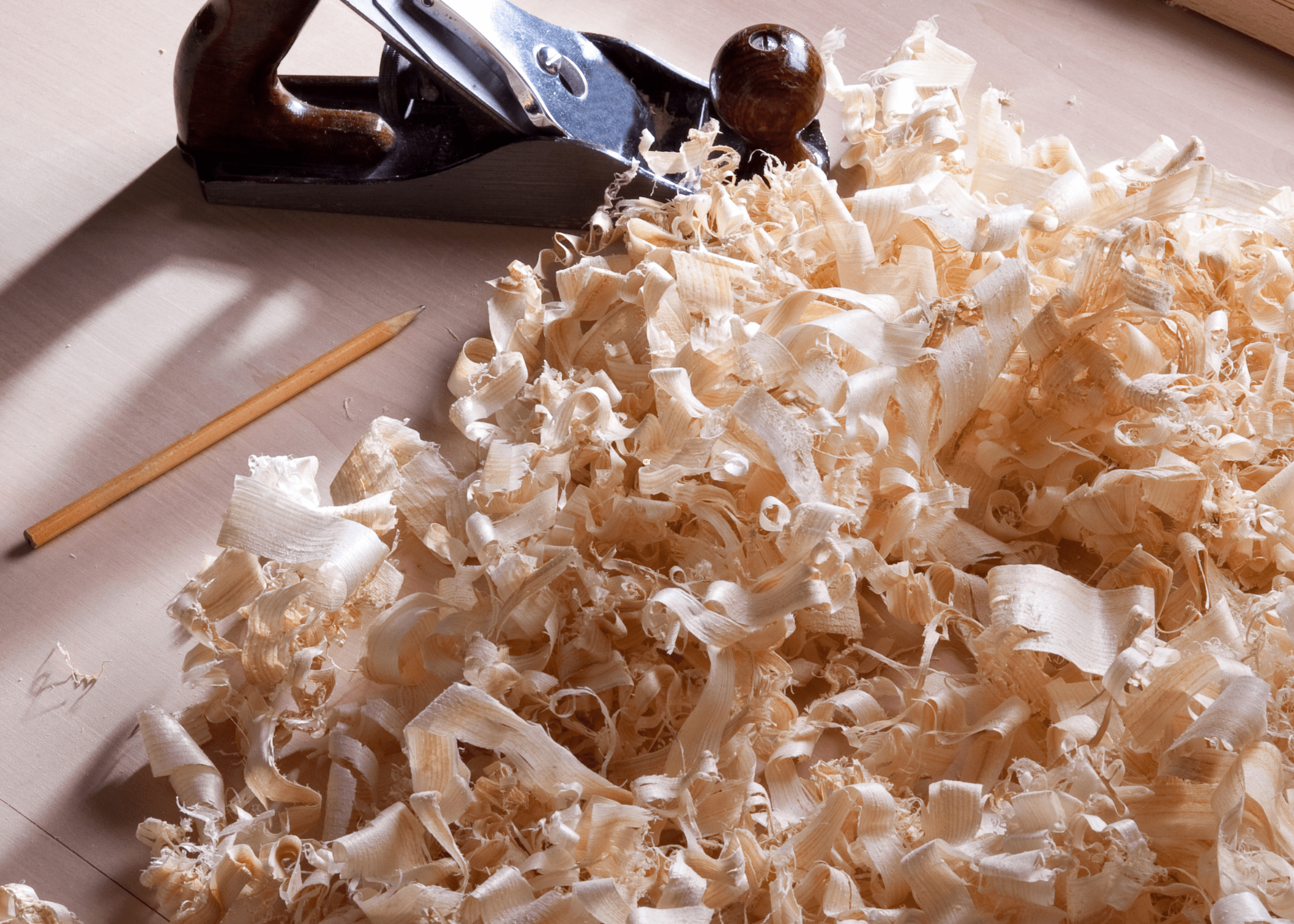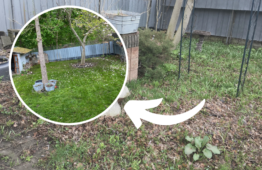10 Creative And Practical Uses For Sawdust
Sawdust, often dismissed as a mere byproduct of woodworking, harbors an unexpected treasure trove of possibilities. Traditionally swept aside or relegated to the role of fire starter, this fine wood residue is now being recognized for its versatile applications across various industries. From sustainable agricultural practices to innovative art projects, sawdust is proving to be a hidden gem that can significantly contribute to environmental conservation and creativity.

This article will explore the myriad ways to repurpose sawdust, transforming it from waste to a valuable resource that can enrich our daily lives and promote a more sustainable future.
1. Mulch for Your Garden
Sawdust makes an excellent mulch for flower beds and vegetable gardens. It helps retain moisture, suppress weeds, and gradually decompose, enriching the soil. Just make sure to mix it with nitrogen-rich materials like grass clippings or manure to balance its carbon content.
2. Composting
Adding sawdust to your compost pile can improve the carbon-to-nitrogen ratio, which is vital for efficient decomposition. It’s important to use sawdust from untreated wood to avoid introducing harmful chemicals into your compost.

3. Animal Bedding
Sawdust is a great option for animal bedding, providing a soft, absorbent layer for pets like hamsters, rabbits, and even chickens. It helps control odor and keeps the living area dry. However, avoid using sawdust from softwoods like pine and cedar, as they can be harmful to small animals.

4. Fire Starters
Mix sawdust with wax to create your own fire starters. Melt some wax, mix in the sawdust, and pour the mixture into molds like egg cartons or cupcake liners. Once cooled, these fire starters are perfect for camping trips or cozy nights by the fireplace.

5. Traction for Icy Walkways
During winter, sawdust can be sprinkled on icy walkways and driveways to provide extra traction and prevent slips and falls. It’s an eco-friendly alternative to salt and sand, which can be harmful to plants and concrete surfaces.

6. Cleaning Spills
Sawdust is highly absorbent, making it ideal for cleaning up spills. It’s particularly effective for soaking up oil, paint, and other liquids in workshops and garages. Simply spread the sawdust over the spill, let it absorb, and then sweep it up.
7. Homemade Wood Filler
Mix sawdust with wood glue to create a homemade wood filler that can be used to repair small cracks, holes, and dents in wooden furniture and floors. This DIY filler is not only budget-friendly but also blends seamlessly with the wood.

8. Pathway Material
Use sawdust to create rustic pathways in your garden or yard. It provides a natural, soft surface that’s comfortable to walk on and helps prevent soil erosion. Over time, the sawdust will decompose, enriching the soil beneath.
9. Mushroom Cultivation
Sawdust is an excellent medium for growing mushrooms. Many types of mushrooms, such as shiitake and oyster mushrooms, thrive on sawdust substrates. This can be a rewarding and sustainable way to grow your own fresh mushrooms at home.

10. Craft Projects
Get creative with sawdust in various craft projects. It can be used to create textured paint, papier-mâché, or even mixed into clay for sculpting. Sawdust adds an interesting texture and can be a fun, eco-friendly addition to your artistic endeavors.
Related Articles
By thinking creatively and tapping into these innovative uses, sawdust can be transformed from a mere byproduct into a versatile and valuable resource.





